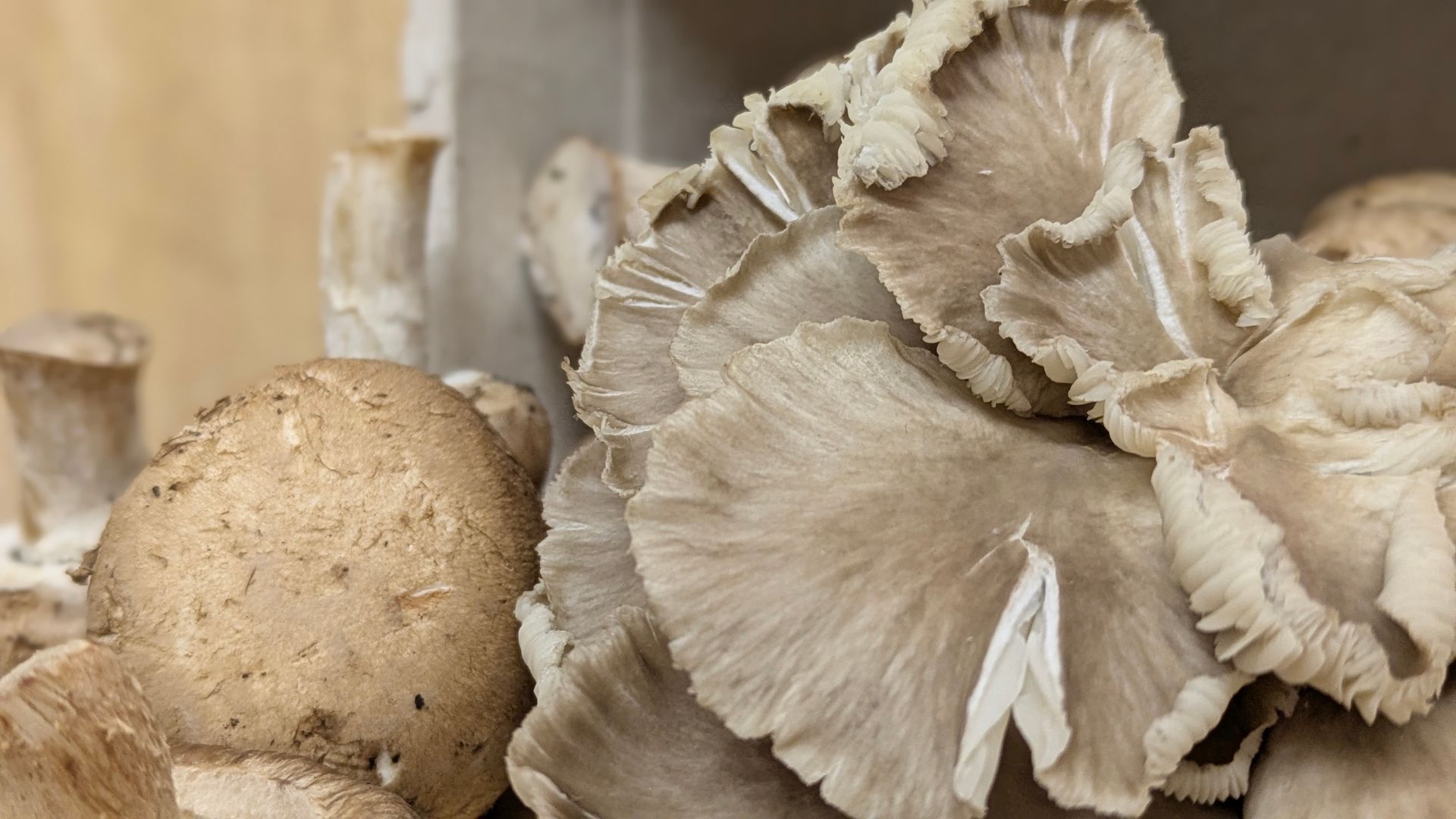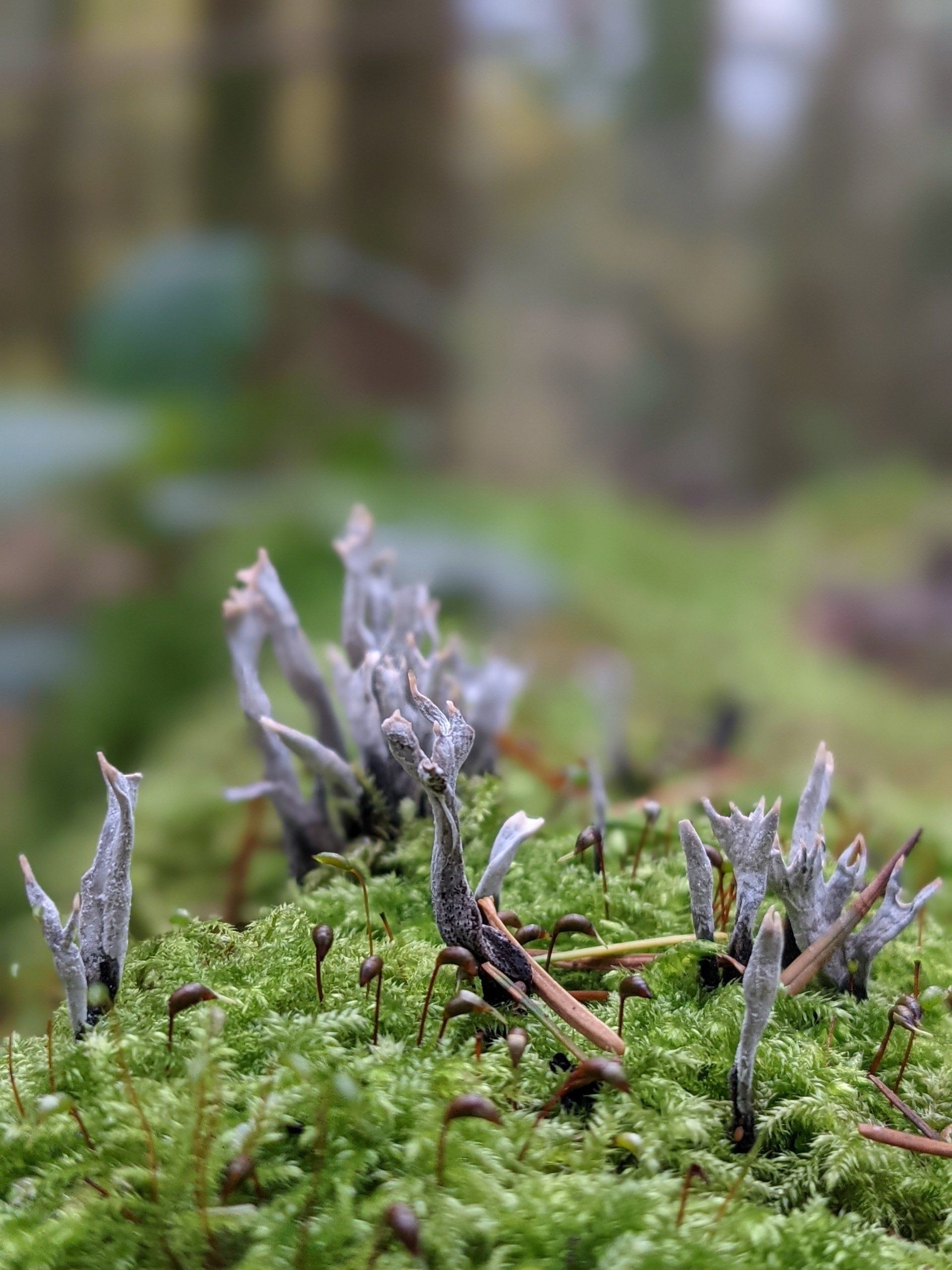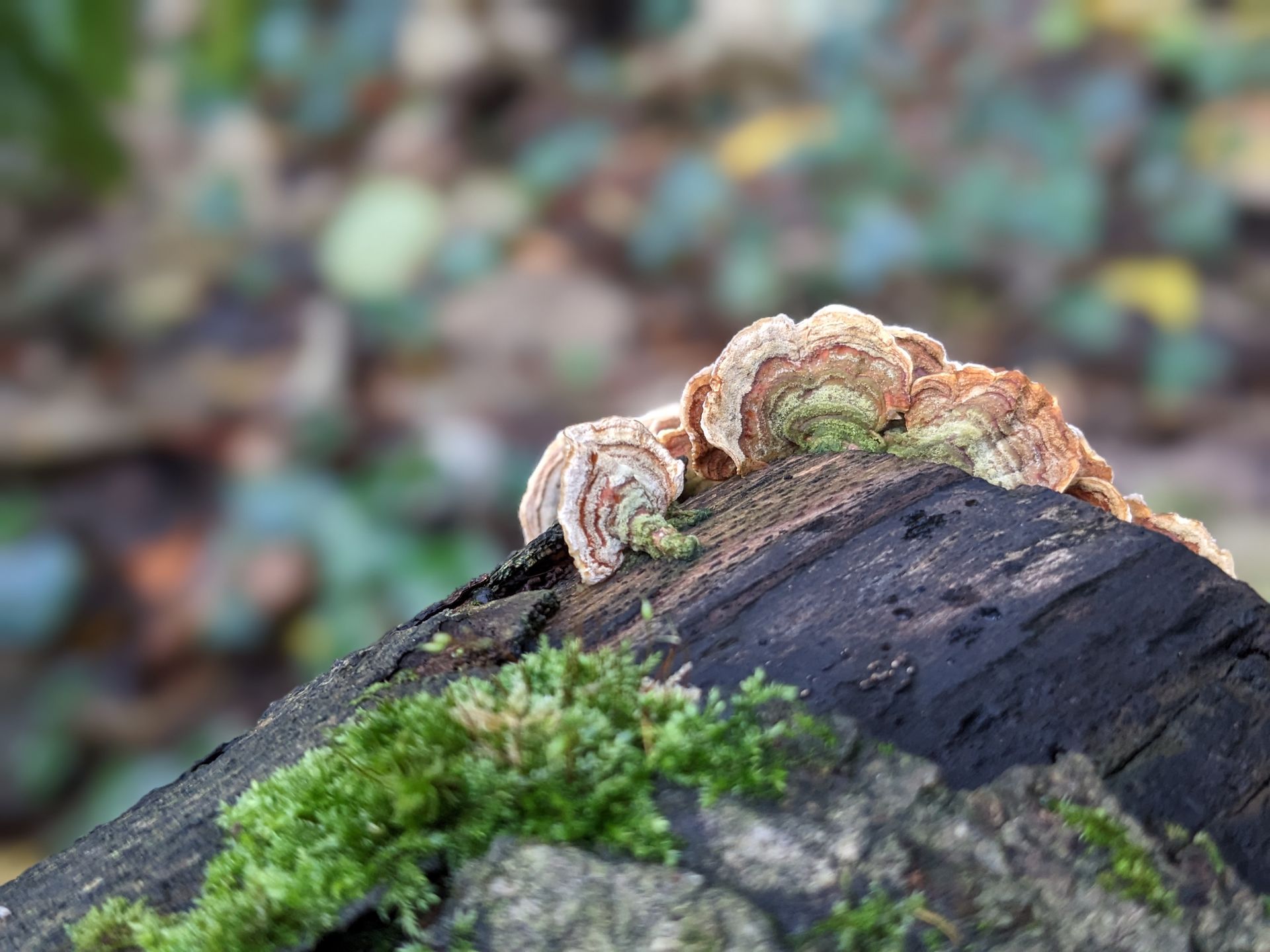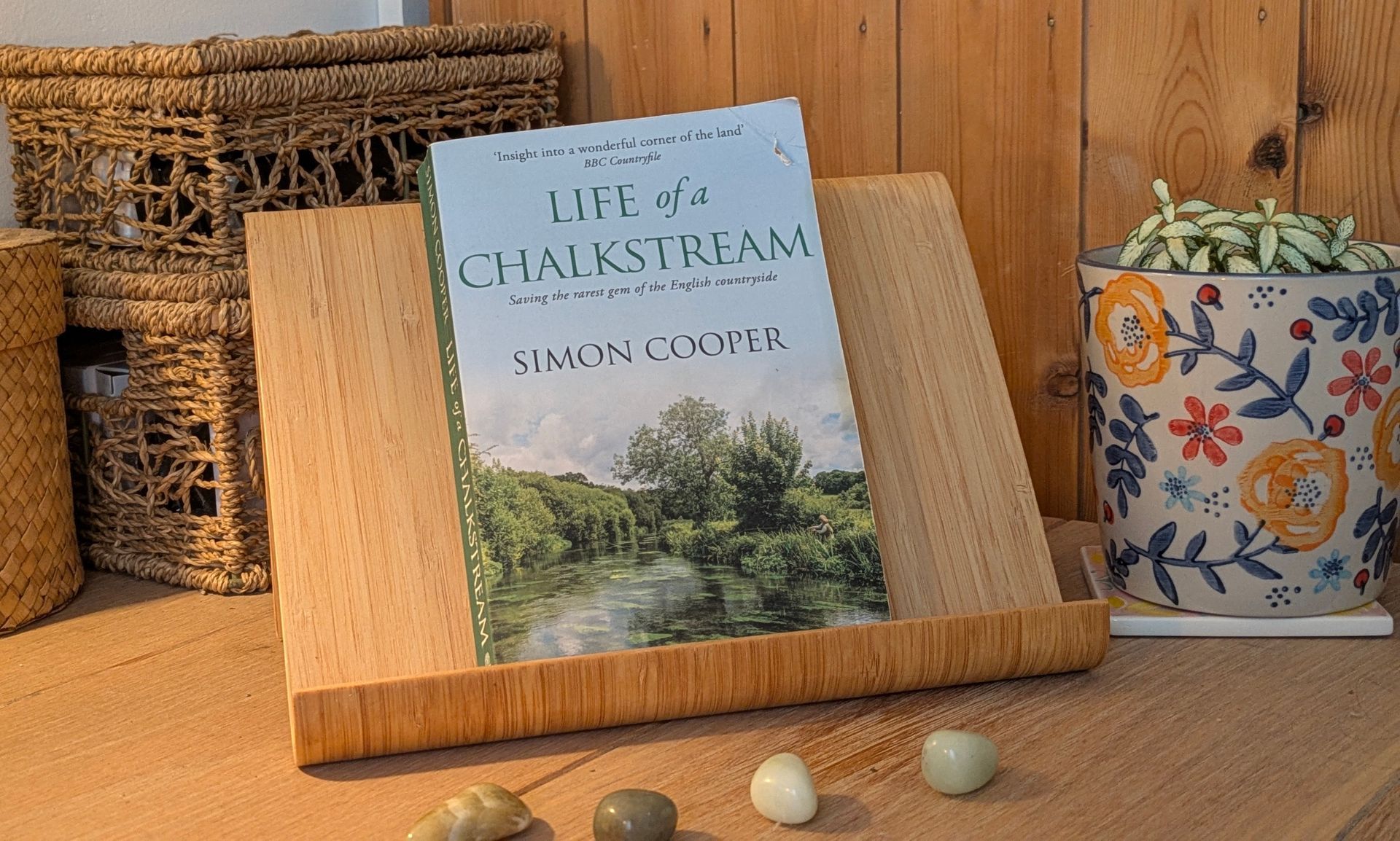A Healing Herb (Marjoram)
Marjoram imparts a warm, aromatic, slightly sharp and bitterish flavour
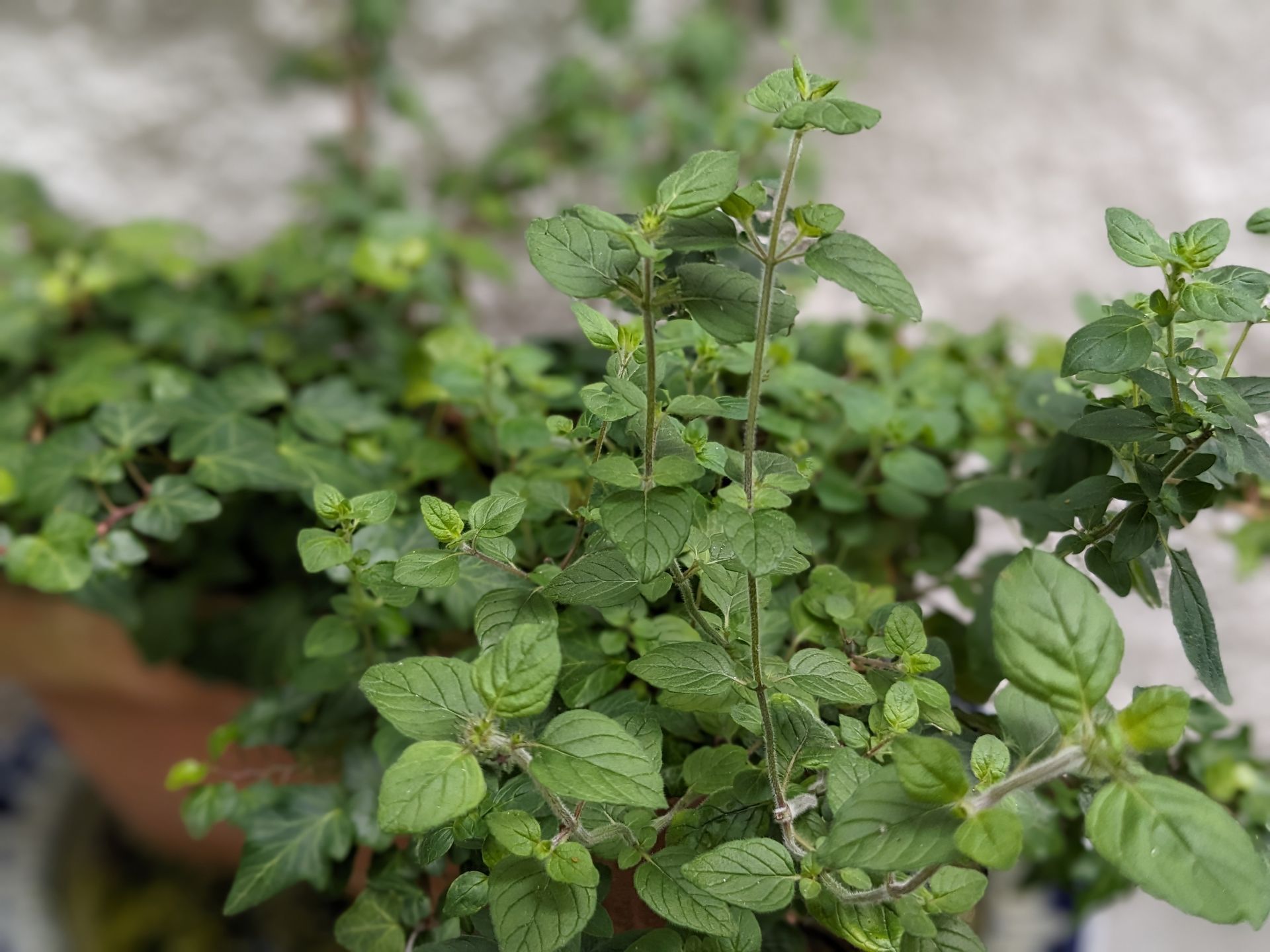
A Healing Herb Guide
Marjoram is the thirteenth herb to feature in my Healing Herb Guide.
This aromatic herb is indigenous to Cyprus in the the Mediterranean and spread across the world to become a popular addition to all manner of dishes for its robust flavouring. It was known to the ancient Greeks and Romans as a symbol of happiness, and is believed to have spread to the British Isles during the Middle Ages.
Marjoram is seen as a milder and sweeter alternative to Oregano with its sweet floral scent and slightly sharp woody, balsamic flavour that adds a tasty layer of seasoning to savoury dishes, soups and salads. Its sweetness brings life to salad dressings, herbal teas and lighter dishes made with fish and poultry.
A bushy herbaceous plant, Marjoram has square branching stems, densely covered with hairy ovate leaves, arranged oppositely in pairs. Its pretty pale two-lipped flowers blossom into tiny spikes in star-like clusters. Marjoram contains about two percent essential oil, the principal components of which are terpinene and terpineol.
Terpinene helps to give plants their unique aroma and flavour while terpenes help them to fight diseases, attract pollinators and keep predators away. Terpenes have a beneficial effect on human health as they possess anti-inflammatory, anti-bacterial, anti-microbial, anti-cancer, antioxidant and mild sedative properties.
I hope you enjoy discovering the life-giving and healing benefits of Marjoram - a wonderful addition to any diet with many different uses for your general good health, nourishment and wellbeing.
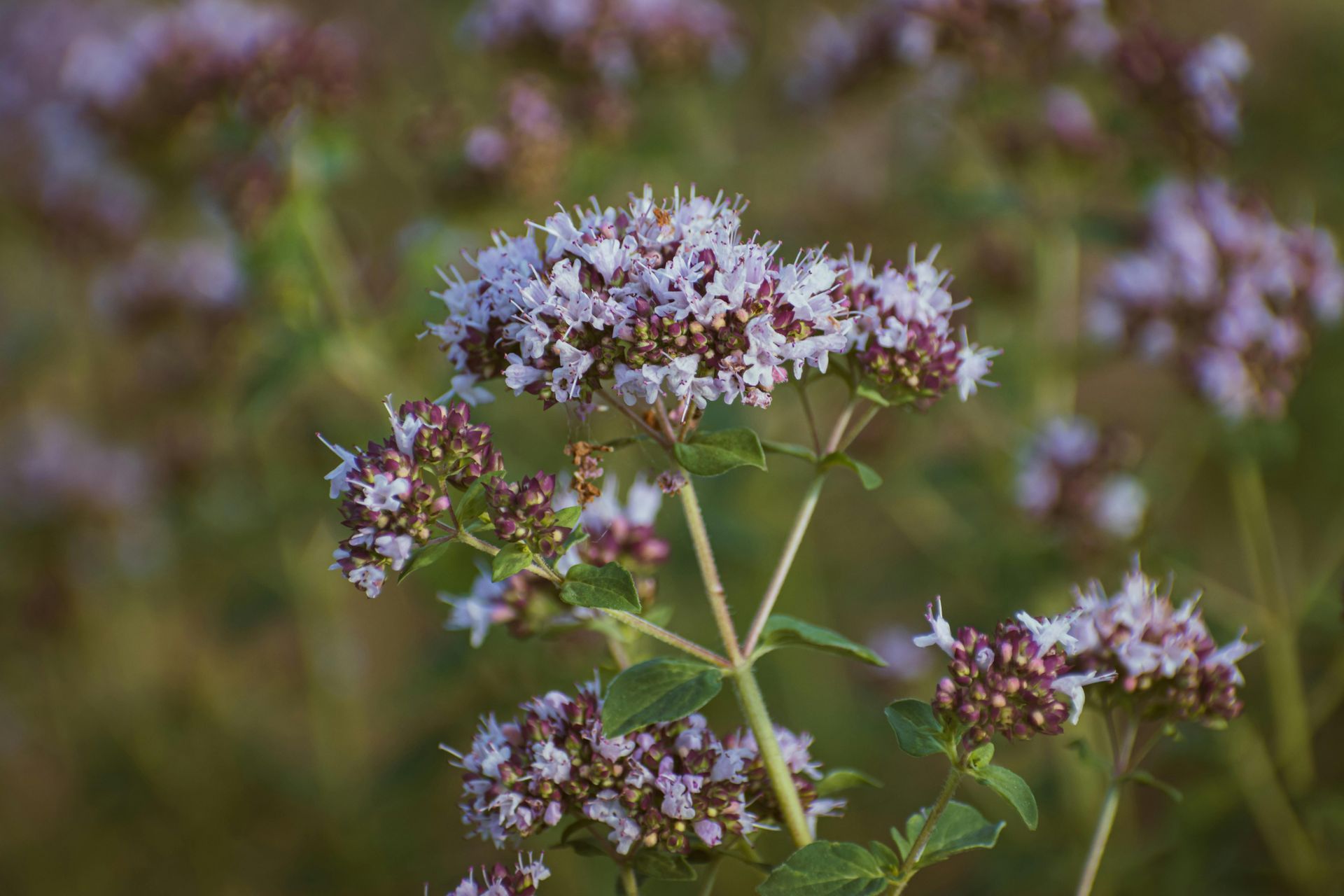
Folklore
Marjoram has an exceedingly long and ancient history. It was first cultivated by the Egyptians over 3,000 years ago and was used by the father of medicine, Hippocrates, as an anticeptic.
In ancient Greece, Marjoram was considered a symbol of happiness and was held in high regard for its healing properties. It was used to make wreaths for wedding ceremonies and to decorate tombs.
According to Roman legend, the Goddess of Love, Venus, gave the plant its scent to remind mortals of her beauty. A similar legend surrounds Aphrodite, Venus’s counterpart in Greek mythology, who is said to have created Sweet Marjoram and planted it all over Mount Olympus.
In folklore, Marjoram was known as Sweet Marjoram, Pot Marjoram and Knotted Marjoram. As a perannial hardy herb, it was believed to draw its energy from Mercury and the element of Air. Influenced by Venus and Aphrodite, Marjoram was believed to bring powers of protection, love, happiness, health and wealth.
Marjoram was once used in spells to strengthen love with a name that means
blushing in flower language, It was grown in gardens to shield the home from evil spirits and was often interlaced with Violets to wear during the colder months as an amulet against colds, and for comfort in times of sadness and grief.
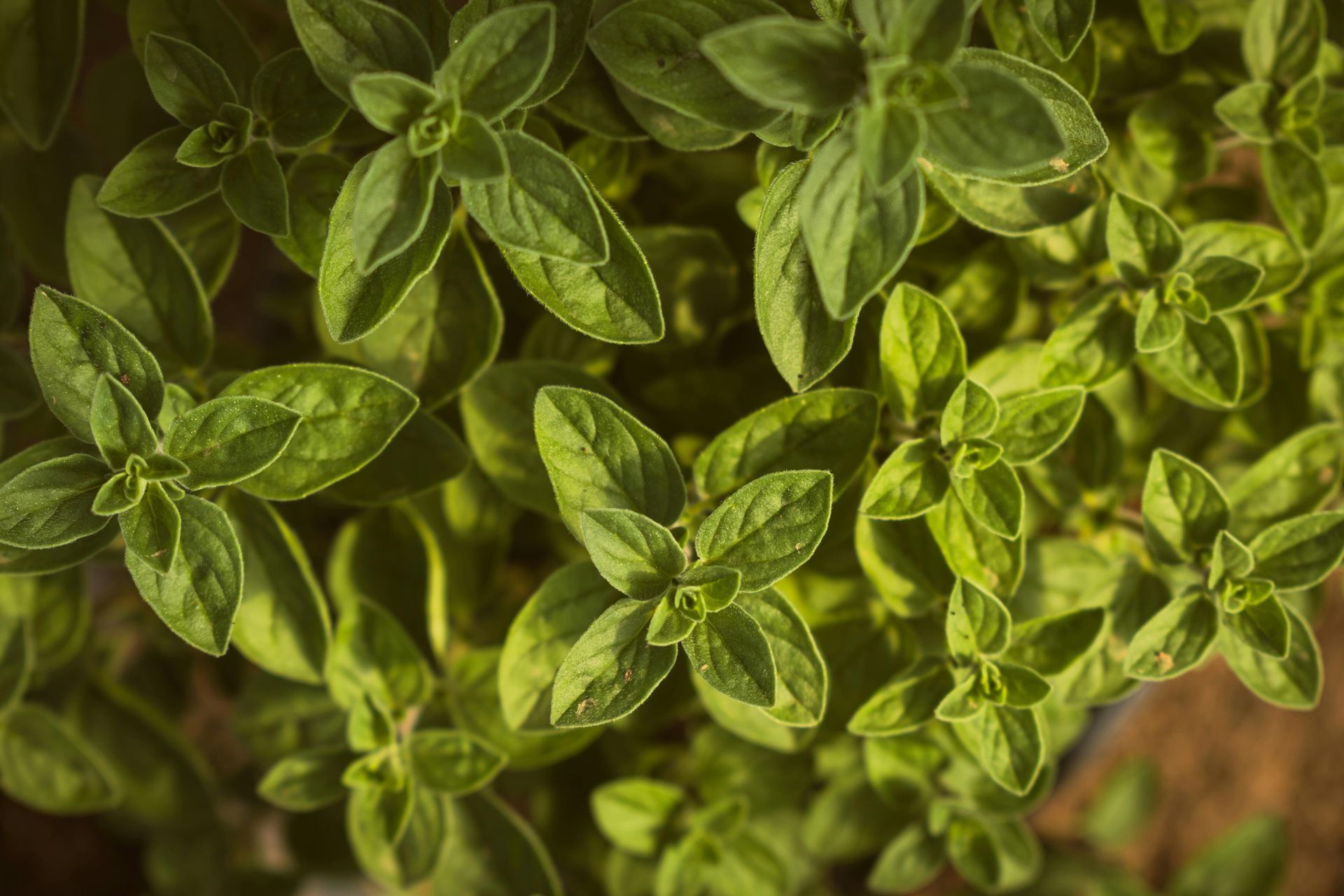
Nutrition
Marjoram is analgesic, antibacterial, antiseptic, carminative and diuretic. It can be used to make a pleasant herbal tea that supports digestion, relieves gas and soothes the nerves. This is also useful during the cold season as it helps to sooth the throat and break up congestion while encouraging a good night's sleep.
Drinking Marjoram Herbal Tea everyday (see below) is known to help regulate female hormonal cycles. Massaging the abdomen with an organic natural oil containing a few drops of Marjoram, Sage and Lavender has been known to help with painful menstruation.
Marjoram contains carbohydrates, proteins, fibre and minerals including iron, calcium, and magnesium, together with vitamins A, C and D and various antioxidants. It offers several health benefits including pain relief, cardiovascular support and hormone regulation.
Marjoram is known for its calming and relaxing effects, and can be used to support digestive health.
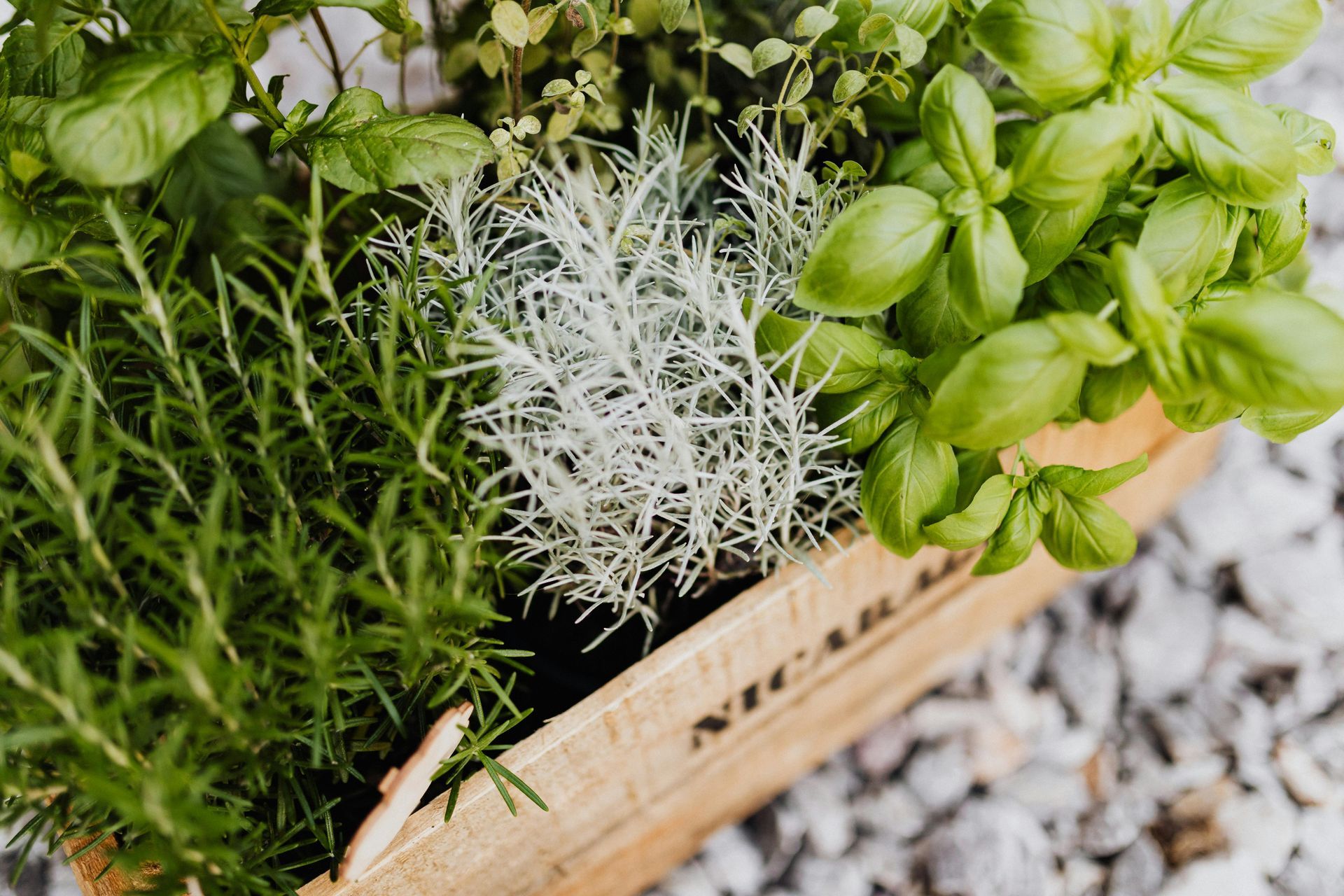
Remedies
Marjoram added to the bath water or to massage oil helps relieve joint and muscle pain.
Inhaling the fragrance of Marjoram Essential Oil can help to break up congestion. The fragrance is also calming and can help the restless cold sufferer to get some sleep. Try a few drops of the Marjoram Essential Oil on a pillow or a handkerchief or steep some fresh Marjoram leaves in your warm bath just before bed.
A few drops of Sweet Marjoram Essential Oil added to a natural massage oil helps to balance the body and can be extremely useful in relieving grief, anxiety and stress. Relaxing and warming, the essence of Marjoram is renowned for its ability to soothe away aches and pains, making it a great for dilution for a nurturing massage oil or bath oil.
This beautifully scented herbal oil also has a beneficial action on the respiratory system as well as a strong sedative effect. Diffusion in an aromatherapy oil burner in the bedroom can be very helpful if sleep is being disrupted do to congestion, coughs, colds or asthma.
SOURCE:
Indego Herbs - Marjoram Benefits

Recipes
Marjoram Herbal Tea
All you need for this simple, healthy recipe is one cup or mug of filtered (nearly boiled) water, a handful of fresh Marjoram leaves (or 1/4 teaspoon dried) and a teaspoon of raw honey, to taste.
- Gather and wash your ingredients.
- Boil your water in a small saucepan and reduce to a simmer.
- Add your fresh or dried Marjoram leaves. Turn off the heat and let the mixture steep for 3 minutes or until fragrant.
- Place a small strainer over your cup or mug and pour the mixture to strain the leaves.
- Add your honey, if desired, and stir to dissolve.
- Serve hot and enjoy.
I hope you are enjoying this ongoing series of posts about the healing powers and health benefits of herbs that can be grown in any sized garden, in pots - or found growing in the wild - free to discover and free to forage for your good health.
Thank you for joining me on this exciting journey of herbal delights and discovery. I hope you enjoy adding Sweet Marjoram to your herbal teas and recipes.
Much love
Sue Xx
Thank you for sharing!
for you, for me and for Mother Nature
Latest Posts
All Posts



